Aptina公司的AP0100CS圖像信號處理器(ISP)協同芯片用來與CMOS圖像傳感器一起設計使用,其目標市場是高性能模擬閉路電視(CCTV)市場。隨著TV線分辨率(lines resolution)朝向高于650 TVL/PH發展,并且寬動態范圍(WDR)性能高達120dB,高性能CCTV市場領域的發展趨勢是更高分辨率和更寬動態范圍。Aptina的AP0100CS可與其市場領先的低光照CMOS傳感器產品結合,創建具有高分辨率和標準動態范圍(SDR)或寬動態范圍(WDR)的CCTV相機解決方案。
AP0100CS集成了Aptina的先進圖像處理管道(pipeline),具有令人驚嘆的視頻和低光照性能。借助用于寬動態范圍圖像再現(rendering)的高級局部色調映射(Advanced Local Tone Mapping, ALTM)功能,即使在非常困難的高對比度照明條件下也能夠生成高質量的視頻。AP0100CS集成了具有高級轉換器功能的NTSC/PAL編碼器,可以提供模擬CCTV市場所需的高TV線分辨率。
特性:
Up to 1.2Mp (1280x960) Aptina sensor support
45 fps at 1.2Mp, 60 fps at 720p
Optimized for operation with HDR sensors.
Color and gamma correction
Auto exposure, auto white balance, 50/60 Hz auto flicker detection and avoidance
Adaptive Local Tone Mapping (ALTM)
Programmable Spatial Transform Engine (STE).
Pre-rendered Graphical Overlay
Two-wire serial programming interface (CCIS)
Interface to low-cost Flash or EEPROM through SPI bus (to configure and load patches, etc.)
High-level host command interface
Standalone operation supported
Up to 5 GPIO
Fail-safe IO
Multi-Camera synchronization support
Integrated video encoder for NTSC/PAL with overlay capability and 10-bit I-DAC
關鍵性能參數:

應用 :
IP cam and CCTV - HD
Enables CCTV -HD w/ MP sensor
Figure 1 shows the typical configuration of the AP0100CS in a camera system. On the host side, a two-wire serial interface is used to control the operation of the AP0100CS, and image data is transferred using the analog or parallel interface between the AP0100CS and the host. The AP0100CS interface to the sensor also uses a parallel interface.
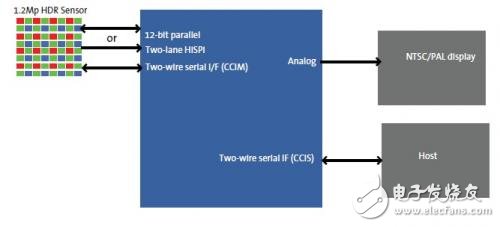
圖1
典型并行配置
Figure 2: “Typical Parallel Configuration,” on page 7 and Figure 3: “Typical HiSPi Configuration,”
on page 8 show typical AP0100CS device connections.
All power supply rails must be decoupled from ground using capacitors as close as possible to the package.
The AP0100CS signals to the sensor and host interfaces can be at different supply voltage levels to optimize power consumption and maximize flexibility. Table 1 on page 9 provides the signal descriptions for the AP0100CS.

Figure 2: Typical Parallel Configuration
Note: 1. This typical configuration shows only one scenario out of multiple possible variations for this device.
2. Aptina recommends a 1.5kΩ resistor value for the two-wire serial interface RPULL-UP; however, greater
values may be used for slower transmission speed.
3. RESET_BAR has an internal pull-up resistor and can be left floating if not used.
4. The decoupling capacitors for the regulator input and output should have a value of 1.0uF. The capacitors
should be ceramic and need to have X5R or X7R dielectric.
5. TRST_BAR connects to GND for normal operation.
6. Aptina recommends that 0.1μF and 1μF decoupling capacitors for each power supply are mounted as
close as possible to the pin. Actual values and numbers may vary depending on layout and design consideration
典型HISPI(高速串行像素接口)配置:

Figure 3: Typical HISPI Configuration
HiSPi and Parallel Connection
When using the HiSPi interface, the user should connect the parallel interface to VDDIO_S.When using the parallel interface, the HiSPi interface and power supply (VDD_PHY) can be left floating.
 電子發燒友App
電子發燒友App










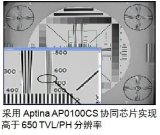

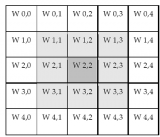
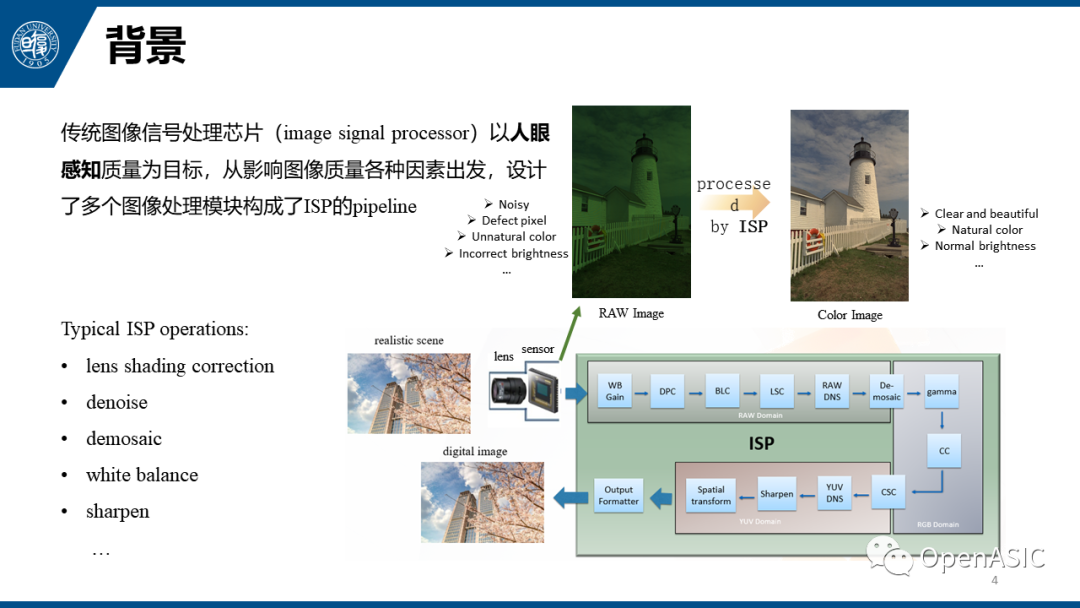

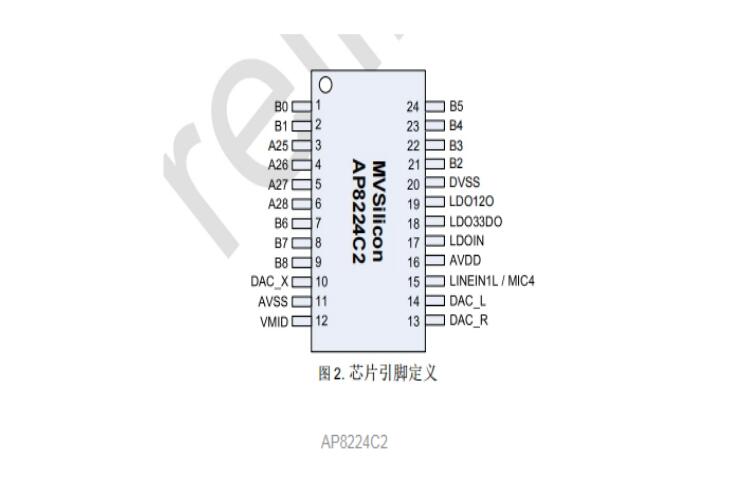












評論